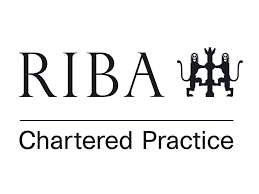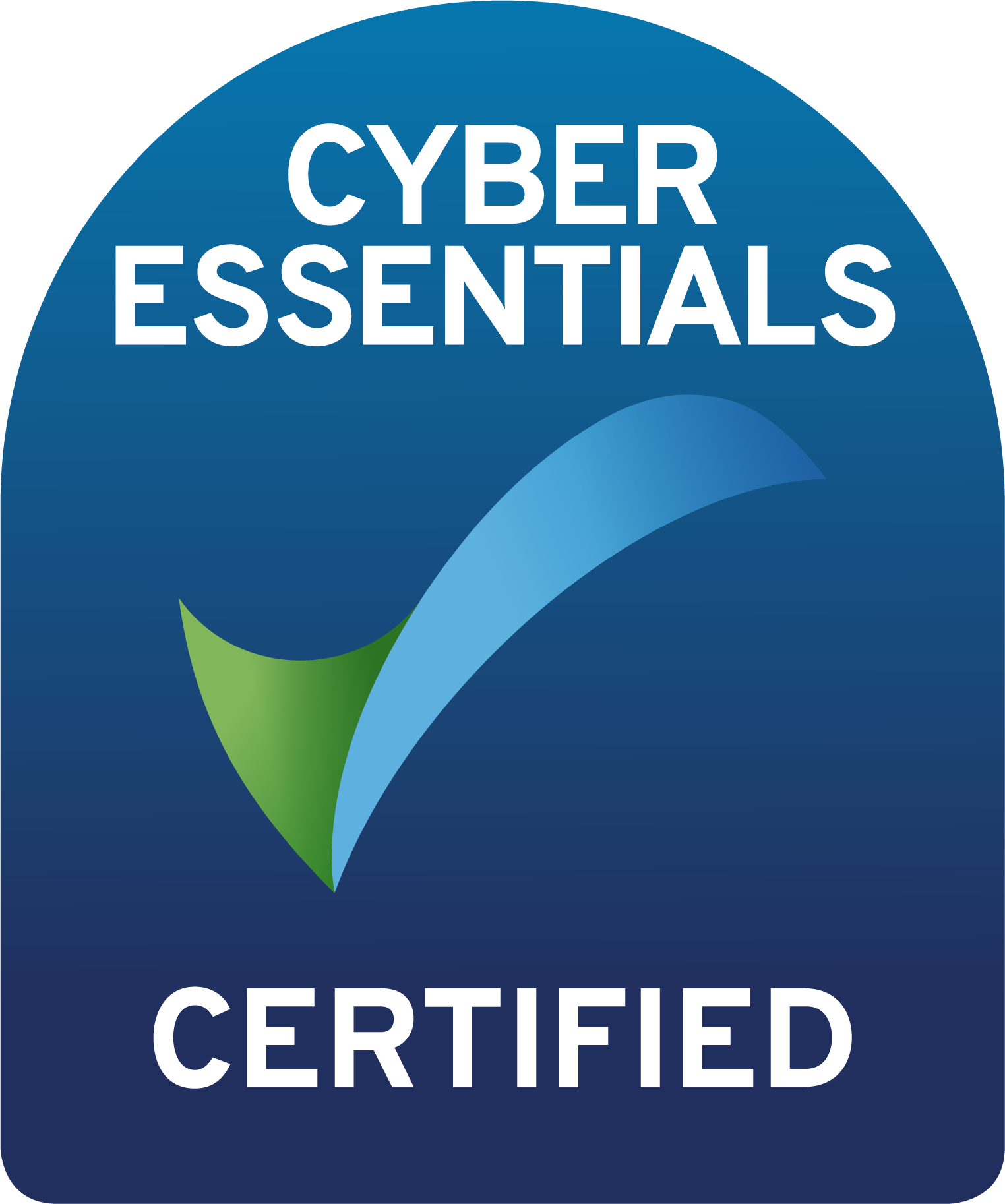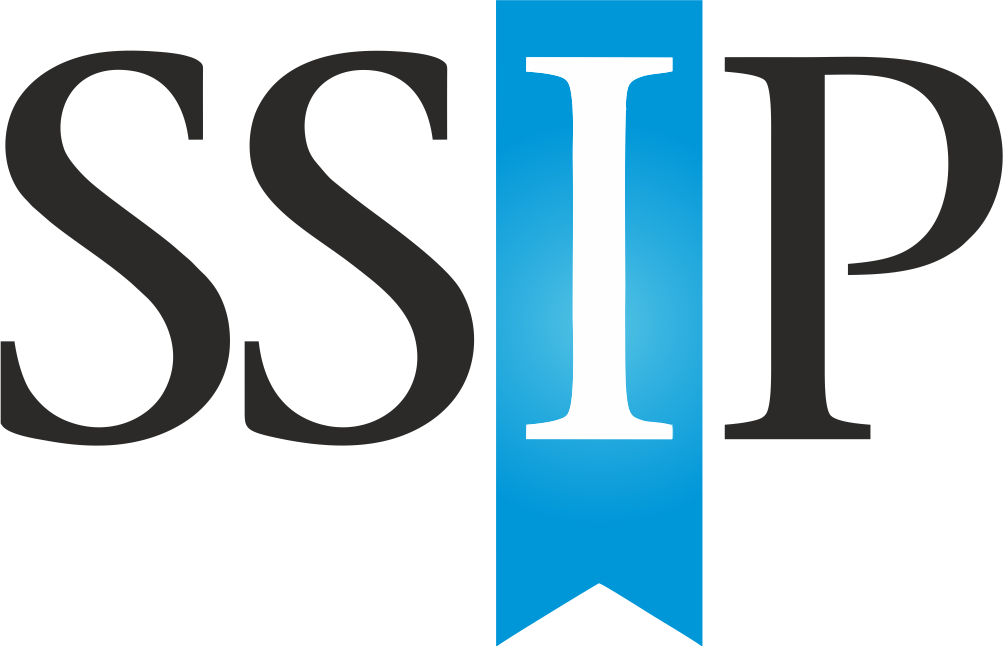As part of a Gateway 2 application to obtain building control approval for an existing higher-risk building, a Change Control Plan must be produced by the Client. This needs to show what processes that will be adopted to ensure any controlled change, throughout a building project, will be dealt with in accordance with Regulation 18 (Change Control) and Regulation 19 (Change Control: Record-keeping) from The Building (Higher-Risk Buildings Procedures) (England) Regulations 2023.
The documentation produced at the design stage, sets out the details of how possible changes ‘recordable, notifiable and major’ will be controlled and recorded to ensure compliance with the building regulations and to maintain the Golden Thread of information.
(!) Tip: A change control application must be made by the client in writing and signed by the client prior to sending to BSR.
The extract below from the The Building (Higher-Risk Buildings Procedures) (England) Regulations 2023 (legislation.gov.uk) of Schedule 1 (3) sets out the requirements for a Change Control Plan:
Change Control Plan
3.—(1) A change control plan must set out the strategies, policies and procedures the client has adopted to ensure any controlled change takes place in accordance with regulation 18 (change control), and to log each controlled change in accordance with regulation 19 (change control: record-keeping) including explaining—
(a) how proposed changes will be identified and to whom they must be reported;
(b) how the impacts of proposed changes are identified and considered;
(c) in relation to proposed changes, the decision-making procedures adopted for agreeing a change including whose advice is to be sought;
(d) how changes are recorded and by when;
(e) the procedure to identify which changes require notification to the regulator and which changes require a change control application;
(f) how the effectiveness of the change control plan will be reviewed by dutyholders periodically.(2) In this paragraph “dutyholders” means the client, the principal contractor (or sole contractor) and the principal designer (or sole or lead designer).
The purpose of a Change Control Plan is to show:
- a clear change control process during construction to ensure there is an accurate record of changes;
(!) Tip: A controlled change is a change to:
• current or proposed plans of work
• how the work is carried out
• any stage of work, including adding or removing a stage
• any strategies, policies or procedures described in agreed documents
-
that the impact of changes are carefully considered and discussed with other parties as required;
(!) Tip: Consider how and at what level in your organisation the impact of controlled changes will be assessed and how these will be implemented and recorded.
- that the Regulator has oversight as necessary.
(!) Tip: The Change Control Plan should be project specific, use the language of the regulations around whether a change is recordable, notifiable or major and the impact of each category on the building project and how it will be addressed.
The Client must set out the strategies, policies and procedures in the Change Control Plan that should link to a Change Control Log that needs to include the information detailed below for submission to the BSR:
(!) Tip: The Change Control Log is created and maintained by the principal contractor (or sole contractor).
- the name of the individual recording the controlled change
- a description of the proposed change
- Explain how proposed changes will be identified and to whom they must be reported
(!) Tip: Use a change request form to record any changes required by the duty holders and design team or construction team, which will be added into the Change Control Plan and Log.
- To update the relevant drawings, specifications and include an assessment of which agreed document is affected by the proposed change and confirmation that a revised version has been produced.
- How the impacts of proposed changes will be identified and considered and how the higher-risk building work will, after the proposed change is carried out, meet all applicable building regulations.
- a list of the name and occupation of each person, if any, whose advice was sought in relation to the proposed change and a brief summary of any advice provided
- How changes will be recorded and by when
- The procedure to determine whether changes are recorded, notifiable, or major, and to identify which changes require notification to the Regulator and which changes require a change control application to the Regulator before the change can occur
(!) Tip: Regulation 26 of The Building (Higher-Risk Buildings Procedures) (England) Regulations 2023 provides a detailed explanation of what constitutes a major, notifiable and recordable change, which should be incorporated into the plan or otherwise detailed how those responsible for identifying, assessing and reporting such changes will comply with the detailed requirements.
The Client has a responsibility to ensure that the Change Control Plan is in place and the duty holders, the Client, the Principal Contractor (or sole contractor) and the Principal Designer (or sole or lead designer) have a responsibility to review the effectiveness of the Change Control Plan periodically over the project.
(!) Tip: From our recent involvement, an experienced client like an NHS Trust has existing change control procedures, including forms that can adapted to include the specific requirements under the legislation.
If you are thinking about starting or are in the process of completing a Gateway 2 application for works to an existing HRB, our advice would be to see what existing documentation is available from the Client or the collaborative team, duty holders and design team members to use as a basis for the change control suite of documentation. The functional requirements are not something new for building projects but making sure all changes form a record as part of the Golden Thread of information is the key objective. Remember: don’t reinvent the wheel, just realign it!!!
The documents in the links below provide helpful published resources on the above:











Leave A Comment